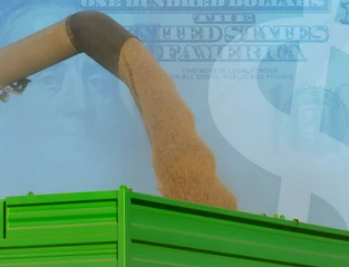
Haiden Holmes
Oct 19, 2022 14:23

On Wednesday, oil prices rose, recouping recent losses as signs of a larger-than-anticipated fall in U.S. oil inventories offset concerns over the White House's near-term plans to increase production.
The American Petroleum Institute stated that crude oil stocks unexpectedly fell by 1.3 million barrels during the week ending October 14. Later today, the Energy Information Administration will likely publish a rise of 1,4 million barrels.
Despite headwinds from rising inflation and interest rates, U.S. oil consumption remains constant, signaling that the Biden administration would face an uphill battle to rein in petroleum prices.
London-traded Brent Oil Futures rose 0.9% to $90.86 per barrel by 22:15 ET, while U.S. West Texas Intermediate crude futures rose 1.4% to $83.21 per barrel (02:15 GMT). On Tuesday, both contracts decreased by 1% and 3%, respectively, due to mounting supply fears in the United States.
Tuesday evening, the White House revealed plans to release 15 million barrels of oil from its Strategic Petroleum Reserve by December, leaving the door open for additional releases if market conditions warranted it.
The administration has said that it will not replenish the oil stockpile until prices drop below $67 to $74 per barrel.
This action is in response to a recent supply cut by the Organization of the Petroleum Exporting Countries and its allies (OPEC+), which resulted in a substantial spike in the price of petroleum. The step is also intended to lower gasoline prices in the United States before the midterm elections.
Investors were uncertain about the Biden administration's ability to exert control over petroleum prices, given that government drawdowns had lowered the SPR to a near 40-year low this year.
The majority of OPEC+ nations have similarly ignored U.S. criticism and supported the recent production cut. This week, oil prices were bolstered by the dollar's decline from 20-year highs.
However, oil prices must also contend with the most significant source of selling pressure this year: a fall in global demand. China's substantial oil imports were severely affected by the country's slowing economic growth, which pulled oil prices down from their peaks in 2022.
Recently, the Chinese government stated that it had no plans to alter its zero-COVID policy. This year, China's economic difficulties are mostly the result of measures enacted to suppress COVID outbreaks.

Oct 18, 2022 14:16

Oct 19, 2022 14:25